
Description
World War I Press Review: Genesis and Operation
- December 12, 1917: The “Press Review of the Allied, Enemy and Neutral Press” is first published by the General Staff American Expeditionary Force.
- August 16, 1918: Publication of the “Press Review” is suspended for reorganization and an increase in personnel.
- September 27, 1918: Publication of the “Press Review” resumes daily after reorganization.
- June 16, 1919: Daily publication of the “Press Review” continues until this date.
Cast of Characters
- American Expeditionary Force (AEF) General Staff (Second Section): The military body responsible for issuing and distributing the “Press Review.” They initiated, oversaw, and utilized this bulletin to track global opinion during World War I.
- Corps of Translators (of the AEF): Individuals employed by the AEF to translate articles from various international newspapers for inclusion in the “Press Review.”
- Contributors to the Press Review (of the AEF): The writers and analysts responsible for compiling, summarizing, and explaining press opinions from different nations for the “Press Review.” They followed specific instructions for brevity and analysis.
- 29th Engineers, U.S. Army (Base Printing Plant, France): The unit responsible for printing the “Press Review” documents in France.
How U.S. Troops Read the Press in WWI – Allies, Enemies, Neutrals
The General Staff of the American Expeditionary Force produced a comprehensive analysis of newspapers from Allied, hostile, and non-belligerent nations during World War I. The second division of the American Expeditionary Force’s General Staff published 2,588 pages of this press overview, which was exclusively circulated among the General Headquarters personnel. This publication was continuously available from December 12, 1917, through September 30, 1918.
Its purpose was to address the requirement for a method of tracking public sentiment on critical wartime issues, as expressed in the journalistic commentary found in publications from antagonist, allied, and unaligned nations. Each edition of the Press Review, typically comprising around 4,000 words, featured pieces that summarized and elucidated the contemporary press views of specific countries—whether Allied, adversarial, or impartial—regarding key events or concerns, which was crucial for accurately evaluating political situations and changes in those respective territories.
Initially launched on December 12, 1917, the Press Review continued publication until August 16, 1918, at which point it was paused until September 27, 1918, to allow for structural adjustments and an expansion of its staff. Following its recommencement, it appeared daily until June 16, 1919. Initially, these publications bore a ‘SECRET’ classification, but this designation was subsequently downgraded to ‘CONFIDENTIAL’. Printing of these editions occurred at the Base Printing Plant, operated by the 29th Engineers of the U.S. Army, located in France. A dedicated team of linguists worked continuously to translate newspaper content for inclusion in the daily Press Review. Between eight and forty different newspapers arrived each day from every major European power, as well as from the United States. Relevant reports for G-2 were cut out and cataloged.
The objective of the Press Review was to encompass significant journalistic viewpoints from the leading European nations, both warring and non-aligned. American publications were also incorporated, yet the slow delivery of required materials, coupled with the frequent reprinting of crucial American journalistic analysis in the Paris versions of U.S. and U.K. newspapers, rendered the same level of detailed and constant scrutiny—as performed for major European presses—both unfeasible and unneeded. Beyond the United States, the countries whose periodicals were surveyed by the Press Review comprised: the Allied nations of France, Great Britain, and Italy; the adversary powers of Germany, Austria, and Hungary; and the neutral states of Denmark, Holland, Norway, Spain, Sweden, Belgium, and Switzerland.
Contributors to the Press Review examined exemplars of every significant daily, weekly, and monthly newspaper and journal from these nations, ensuring a broad representation of diverse viewpoints. Typically, every edition of the Press Review featured three or four distinct articles, each serving as a self-contained summary of journalistic perspectives. These summaries were substantiated through direct quotations and clarified by concise explanations of the pertinent facts surrounding the topics discussed. Thorough analysis of newspaper commentary, combined with an understanding of the political biases of the publications and their intelligence streams, often provided valuable insight into official government stances within their respective nations of origin.The Press Review was not merely a random compilation of excerpts from editorial pieces; it was, conversely, a methodical and impartial examination. The inherent characteristics and approach of the articles featured in the Press Review, along with the methodologies employed in their composition, are best elucidated by examining the directives supplied to its contributors:
“It is imperative that every submitted piece be condensed to the most succinct form achievable while still ensuring a thorough exploration of the given topic. In most instances, this can be most easily accomplished if the author begins the article with a general overview of the information or perspectives slated for presentation. This synopsis should additionally highlight any observable divergences in stance among different collections of newspapers. It is generally most effective to classify the publications according to their political affiliations.
When broad statements regarding the viewpoint of any newspaper category are thus offered, the names of the periodicals within that category that have been considered must be specified. Following this synopsis, a compilation of direct quotes should appear, serving to illustrate all assertions advanced in the Summary. It is evident that these quotations must be as concise as possible and should originate exclusively from those newspapers that articulate distinct perspectives or pertinent information not provided elsewhere. In certain scenarios, a concluding section might be appended, which encapsulates points that could not be fully grasped until the accompanying quotations had been reviewed.”
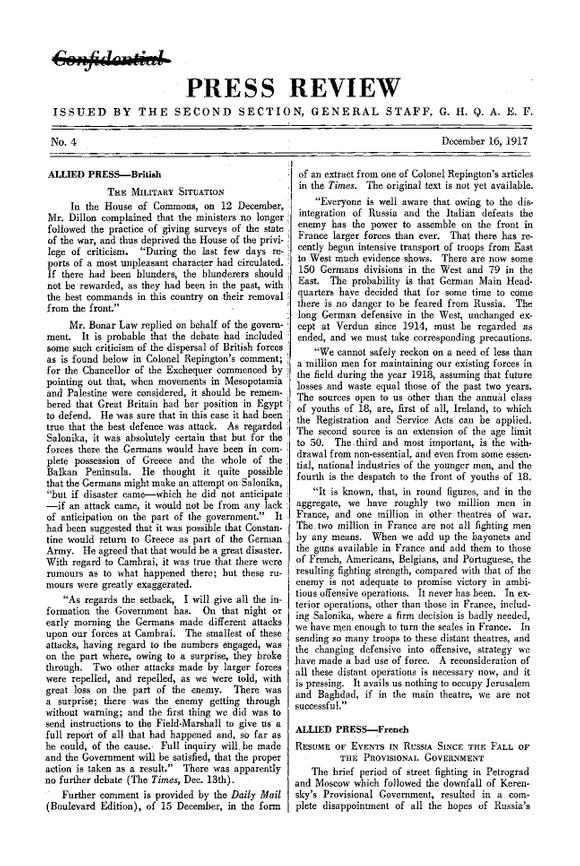
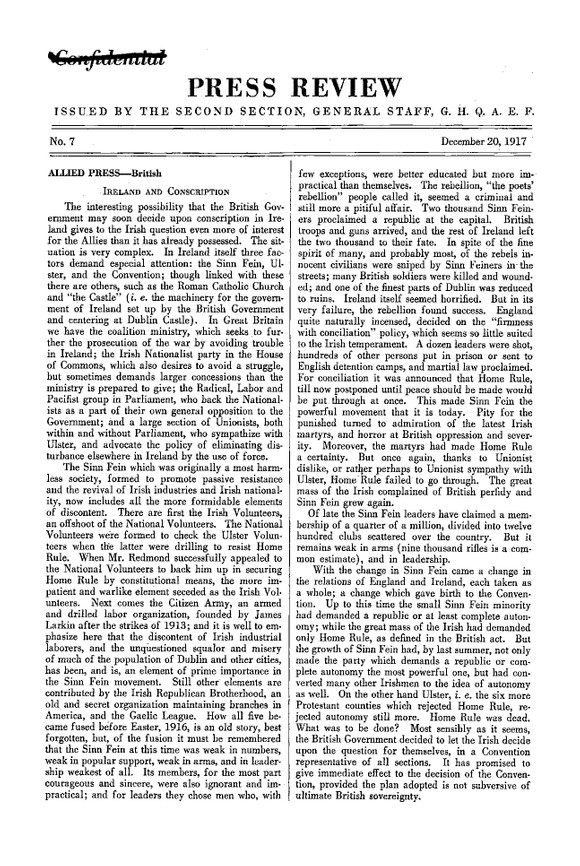

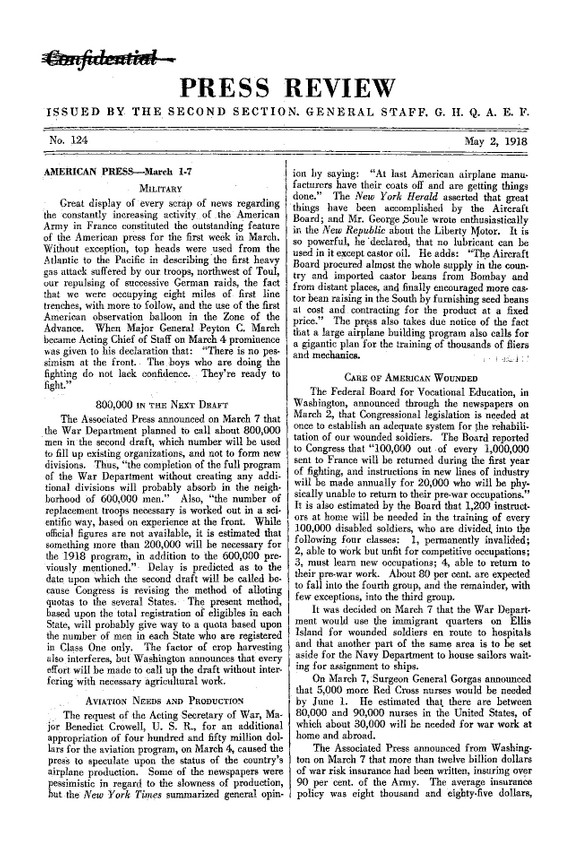
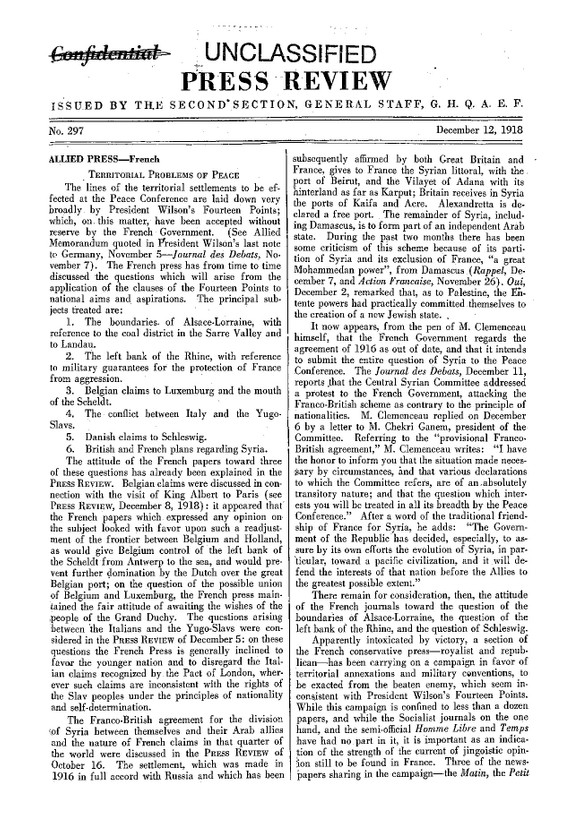


Related products
-
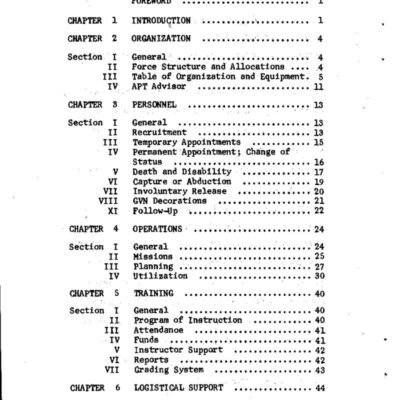
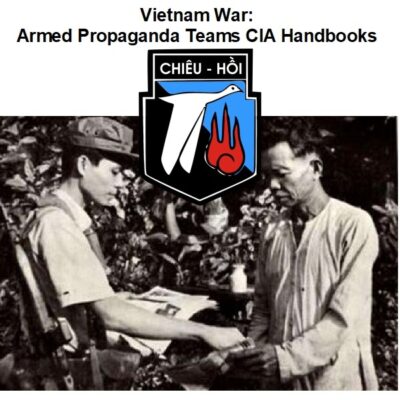
Vietnam War: Armed Propaganda Teams CIA Handbooks
$1.99 Add to Cart -
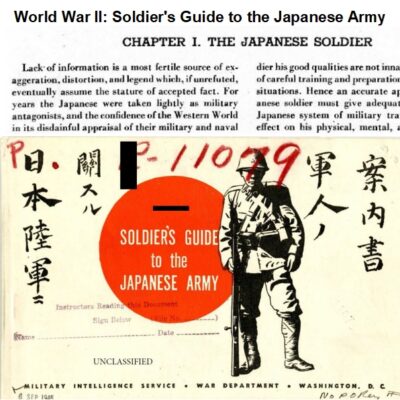

World War II: A Soldier’s Handbook on the Japanese Army
$3.94 Add to Cart -
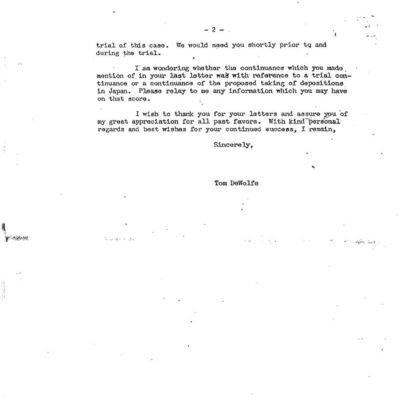
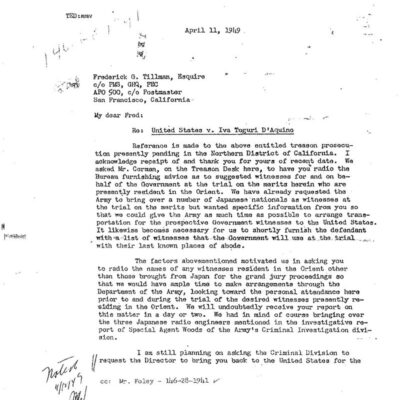
Tokyo Rose: Department of Justice Prosecution Files
$19.50 Add to Cart -
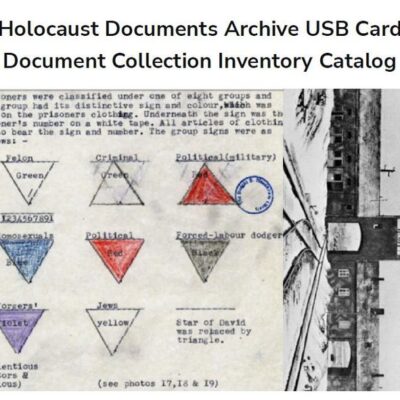
Holocaust Document Archive PDF file – Inventory Catalog of Document Collection
$3.94 Add to Cart